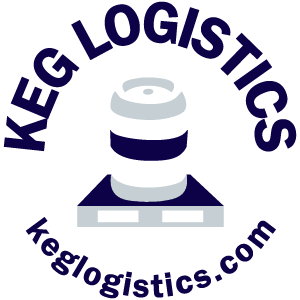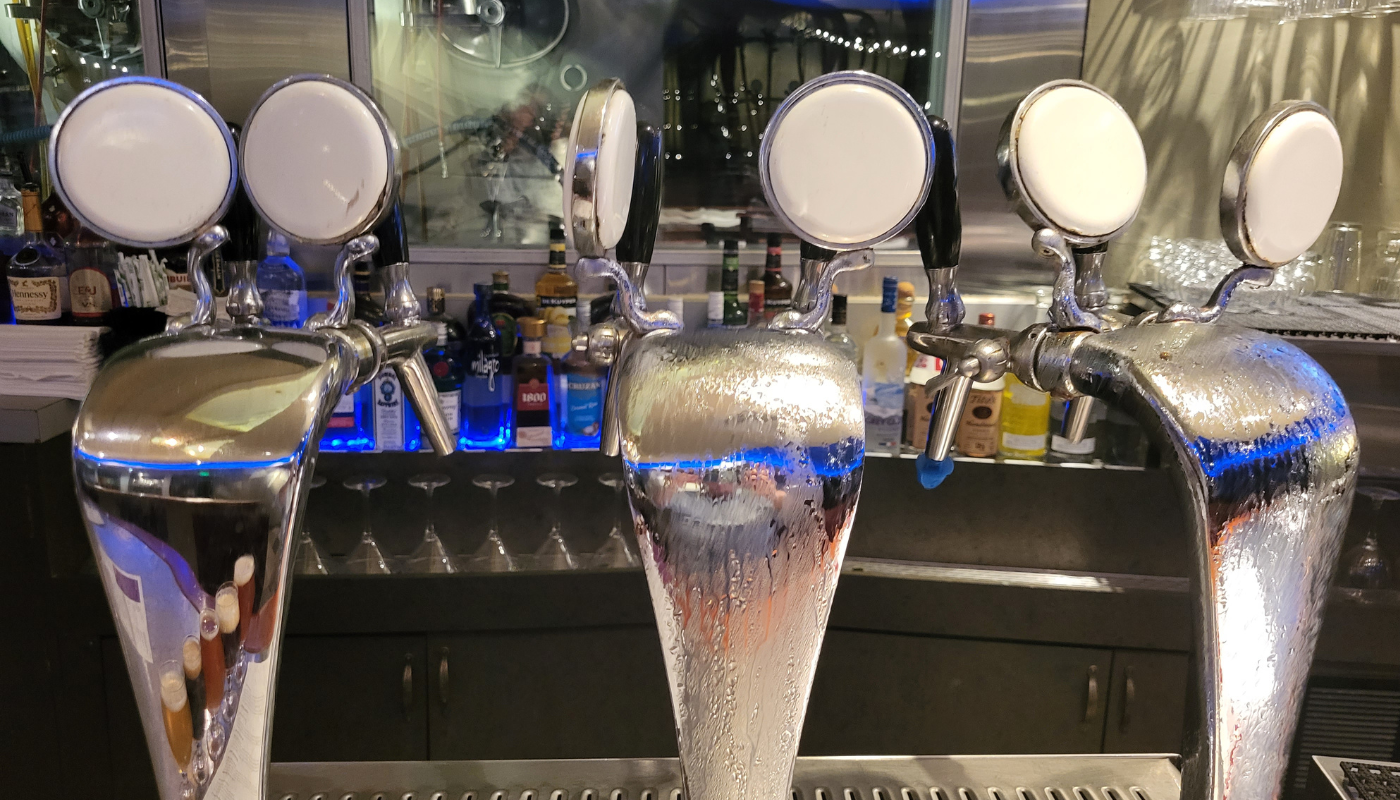There are few clearer examples of losing money than watching beer overflow a glass or pour freely from a tap and cascade down the drain. On average, ten to twenty percent of draft beer is lost at the tap, cutting substantially into profits and needlessly increasing costs. For many owners, it’s just a literal cost of doing business. And for many consumers it’s an all too familiar sight. But it doesn’t have to be this way.

Packaging featured expert topic supported by Keg Logistics
With the most flexible payment terms even the smallest operation can get the highest quality German-made kegs with our rent-to-own and short term keg leasing programs. And every rent-to-own keg features your branding front and center.
Chris McClellan is a long-time beer industry veteran and Advanced Cicerone, having worked in a variety if sales and marketing roles at Magic Hat, Torch & Crown, and Diageo. He is also the founder of The Brew Enthusiast, a brand consultancy, and The Draught Shop, a consulting and education service dedicated to improving industry and consumer understanding of draft beer quality. He has some advice for how to maximize the value of your draft beer system.
Cleanliness Is Profitability
Anyone who follows McClellan on social media knows that twice a month he posts the following: “This is your bi-weekly reminder to clean your damn draught lines. Every two weeks. You will make more money and sell more beer. I promise. Every beer line. Every two weeks. No excuses.”
“95-percent of people who actually own draft systems have no idea how they work,” McClellan says.”They don’t actively manage the aspects of their system. They don’t clean their lines enough. I just spoke with a bar, I won’t say their name, that pours a lot of beer and they told me they’re cutting back on draft line cleaning to save some money, cutting back to every six weeks. And it was like a dagger in my heart. Because that’s not how you do it. You invest in draft line cleaning to make more money. But that shows you the point of view of a lot of these operators.”
Finished beer contains an assortment of organic compounds, including proteins, minerals, carbohydrates, along with yeast and bacteria, which attach to draft lines and feed and grow. According to the Brewers Association’s Draught Beer Quality Manual, this build up happens within days of the system’s first use and continues throughout its life cycle. To counteract this build up, systems need to be thoroughly cleaned on a routine basis. The Brewers Association, McClellan, along with many other beer industry sources, recommend that taps be cleaned every two weeks. This includes cleaning draft lines with a caustic line-cleaning chemical, disassembling and cleaning faucets, and scrubbing keg couplers.
“Zero percent of your customers are Chris McLellan, Advanced Cicerone, sitting there drinking beer,” he says with a laugh. “However, 100-percent of your customers know when they’re being served an off-beer. They know it. They know this isn’t as good as it could be. They don’t know why. They just know they don’t like it very much. What you have to hammer home to people is the invisible evil of bad draft maintenance, of not understanding the impact on the customer over the long term. It kills your business.”
Temperature Is Probably The Problem
“95-percent of draft issues are temperature related,” McLellan says. “It’s either an issue with the cold box or an issue with the glycol system, usually one or the other. And so if you can keep those things in check, you can make sure that those are healthy. And then when you’re pouring your beer, it’s 41 to 42 degrees max coming out of that tap, you’re gonna get high yield, you’re gonna get happier customers, and you’re gonna get more velocity.”
McClellan recommends a simple trick for temperature management. “Put a cold glass of water in your cold box and measure the temperature of the water on a daily basis,” he suggests. “Just get a probe that costs $15 and measure the temperature of the water. That will tell you the liquid temperature inside your kegs. It should be 38 degrees, okay? If it’s 47 degrees, it’s too warm and you’re losing money because you’re just going to throw away all your beer.
In terms of managing temperature, McLellan also recommends that you check your glycol system on a daily basis. “Make sure that it’s circulating properly, make sure the glycol is at 29 to 30 degrees for the most part,” he advises. “You have to pay attention to your temperature management. You have to pay attention to your pressure management. You have to know that beer is an active product. And so it’s not that much more effort. It’s just some best practices, right? And then what this adds up to is great service, this adds up to great beer. This adds up to higher yields on your draft system, better margins on your kegs, and happier customers who order more beer.”
Measuring Efficiency: The 97-percent Target
McClellan also notes that many bar and tap room owners don’t actually know the efficiency of their draft system. “That’s the kind of stuff that people don’t really track or think about, it’s just invisible to them,” he says. “They’re just like, ‘yeah, I go through about ten half barrels a week.’ And I’m like, ‘Well, what’s your efficiency?” They have no idea.”
Nearly every bar and tap room owner accepts some inefficiency in their draft systems, whether in the form of partially open faucets, turbulent flow, or excessive foaming. It results in wasted beer and lost revenue, sometimes to the tune of 20 percent of beer poured. This is what McClellan deems the ‘invisible evil.’ He suggests owners should strive for a different number: 97-percent, as in getting nearly every ounce of beer out of a keg and into a customer’s hands.
He gives an example. Most point-of-sale systems only track the number of pints sold. If the number of pints sold was X and you know you bought Y number of kegs, and you should get Z number of 16 ounce pints from a keg, in an efficiency system you can do the math compared to the POS numbers. The resulting number is your efficiency. And if that number is 76-percent, a better run system would have reduced the number of kegs you bought by ten or twenty percent. That results in thousands if not tens of thousands of dollars in needless expense.
“That’s what I’m talking about,” McClellan says. “I don’t expect most pub owners to do this, because they just won’t. But you can do these things very quickly and very easily…Good draft practice is profitable draft practice, right? Profitable draft practice is better for customers, it’s better for businesses. It means distributors make less service calls. It means breweries know that their products are being represented correctly, it’s better for the business.”

